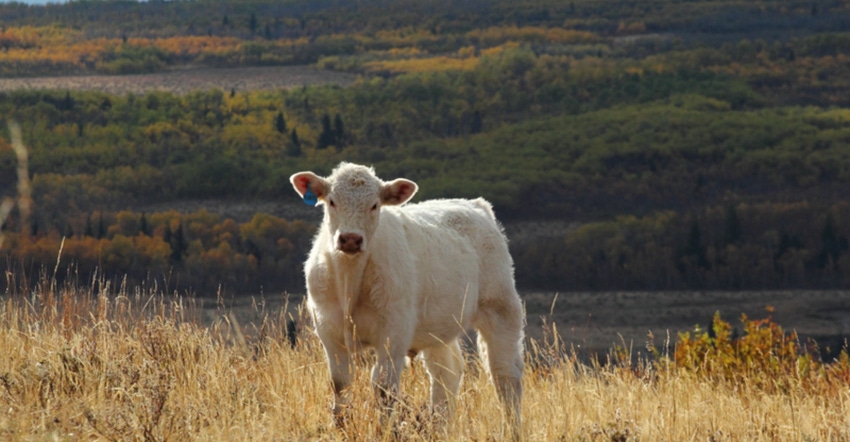Welcome to Health Ranch, where you can find information and resources to help you put the health and well-being of your cattle at the top of the priority list.
Your most pressing bovine respiratory disease questions answered
Provide effective control over one of the toughest challenges in the beef industry
October 1, 2018

Sponsored Content
“Bovine respiratory disease (BRD), commonly known as shipping fever, is one of the biggest health threats to a beef operation,” said Dr. Richard Linhart, professional services veterinarian, Boehringer Ingelheim. “There’s really no magic bullet when it comes to prevention.”
Dr. Linhart explained that in order to control bovine respiratory disease (BRD) in your herd, it takes a mixture of well-implemented management practices. Below he provides answers to questions he’s most often asked about BRD.
Q: Which animals are most susceptible?
A: Stressed cattle are the most vulnerable to a BRD infection. There are many factors that contribute to stress such as diet changes, weather fluctuations, transportation, commingling, poor ventilation, castration, dehorning and stocking density. For young calves, weaning is the most stressful period and when they are most at risk for BRD.
Q: What steps can producers take to prevent BRD?
A: Producers should implement a preconditioning program that includes a high-quality, modified-live vaccine (MLV). In order to establish an optimal immune response, it is recommended that at least one booster dose be given three to six weeks after the primary vaccination.
Calves should also be put on a properly formulated nutrition program that includes quality trace minerals. Protect calves from harsh weather conditions and give them plenty of bunk space. Avoid overcrowding as it causes stress and promotes the spread of disease. Lastly, handling cattle should be done in a calm manner. This protects the calves and the people working with them.
Q: What should be done for calves at a high risk for contracting BRD?
A: First off, identify the specific situation in which animals would be considered at-risk, such as newly weaned calves with an unknown vaccination history that have been on a truck for several hours. Calves like that are great candidates for metaphylaxis, or a group antibiotic treatment, to manage a disease threat. A metaphylaxis treatment for at-risk calves in a timely manner can greatly reduce morbidity and mortality on beef operations.
Q: What is the most effective way to diagnose BRD?
A: Physical observation and temperature monitoring are the primary methods of diagnosis. Clinical signs would include droopy ears, snotty nose, coughing, lethargy and a lack of appetite. Your veterinarian can help you put a diagnosis protocol in place that is tailored to your operation’s environment.
Q: What kind of antibiotic should be used when treating BRD?
A: Always use a long-lasting, fast-acting antibiotic upfront. An effective treatment should provide calves with a rapid response to minimize lung damage and give them the best chance of recovering. Your antibiotic should also provide protection against the major BRD-causing pathogens, Mannheimia haemolytica, Pasteurella multocida, Histophilus somni and Mycoplasma bovis. I strongly urge all producers to keep accurate treatment records and work with their veterinarian to create a treatment protocol.
Q: When should an infected calf receive another round of antibiotics?
A: Producers will often give an antibiotic to a calf, then come back a few days later and say, "Hey, this isn’t working. I'm going to try something different." This is called a producer’s emotional duration which often does not allow enough time for the antibiotic to fully kick in. Work with your veterinarian to establish a post-treatment interval protocol in which clinical signs are closely monitored over a set amount of days before determining if retreatment is necessary.
©2018 Boehringer Ingelheim Vetmedica, Inc. BOV-1655-ANTB0918
About the Author(s)
You May Also Like
